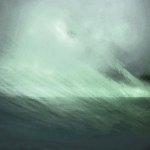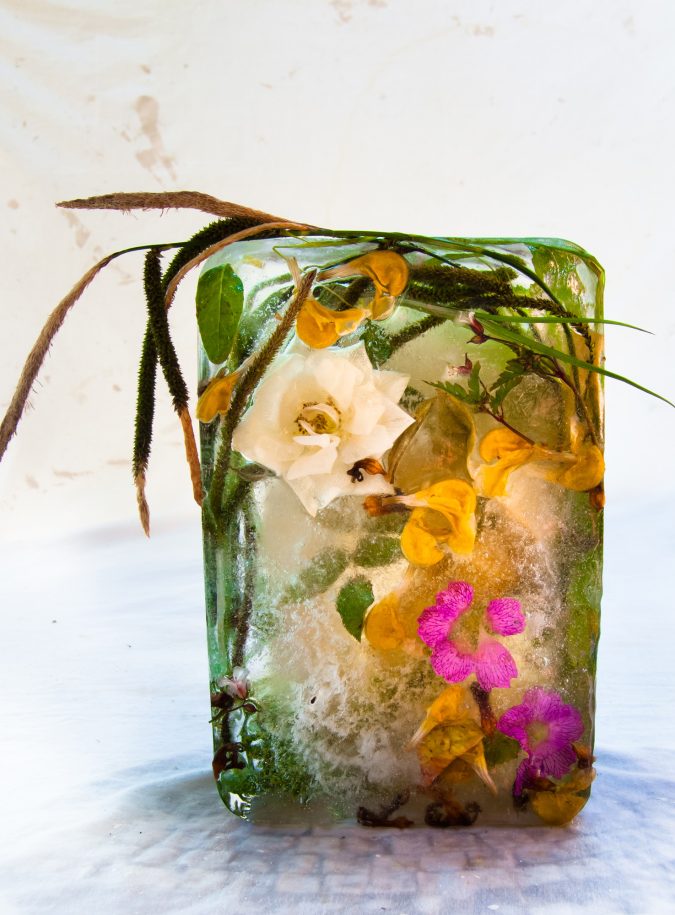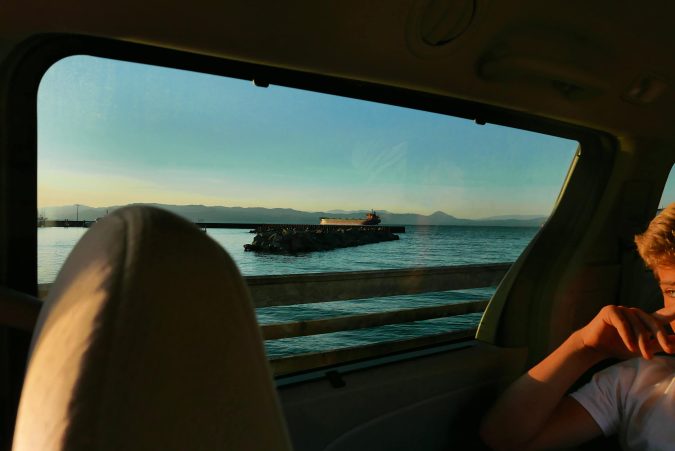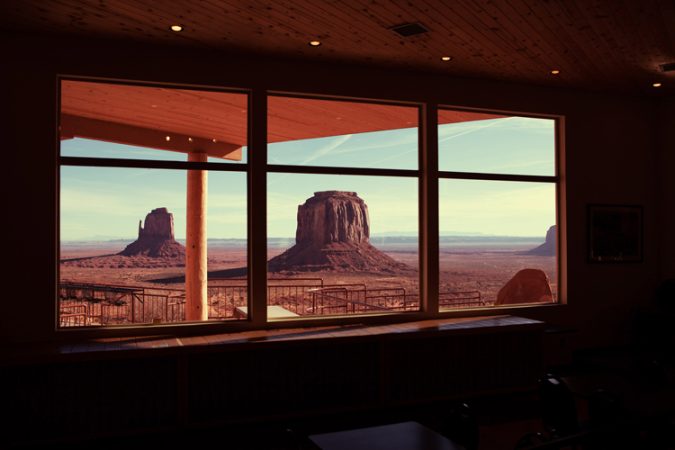Following on from the success of previous showcases, Crane Kalman Brighton returns with Cream 2015, an exhibition featuring a new selection of the most interesting and diverse photographic work to emerge from BA photography graduates in 2015. The exhibition includes graduates from the most prestigious universities and colleges the length and breadth of the country from Brighton to Glasgow; London to Newport.
This year’s showcase featured:
Joe Ball (Falmouth University) – In the age of information technology, images pose as objective representations but fail to evoke a sensory experience of reality. With an ‘other-worldly’ and intimate aesthetic, Ball breaks the anaesthetic stream of landscapes displayed on digital media.
Nina Band (Falmouth University) – ‘Pensive Dimensions’ juxtaposes minimalist architectural images with their paper representations. The images give an abstract vision of architecture, focusing on the way we perceive shapes and forms within complex spaces.
Sebastian Bruno (University of Wales, Newport) – In ‘Duelos y Quebranto’, Sebastian positions himself as Don Quixote, following the steps of his 2500km journey through Castilla La Mancha, Spain. In doing so, he seeks to inquire into the values and traditions that transcend the passage of time and reflect the vices and virtues of the region.
Aloha Bonser-Shaw (University of Brighton) – Inspired by the earliest photographs in her family album, the photographer revisited her birthplace in Spain. ‘Tierra Solida’ rebuilds forgotten childhood memories and depicts the life of off-grid communities in the South of Spain.
Helen Burrows (IADT Dun Laoghaire) – ‘Instalife’ draws on the aesthetic of portrait painting but uses the subjects own Instagrammed images to compose their portraiture, reflecting on our modern ways of re-enforcing identity.
Nicholas Constant (UCA Rochester) – ‘Firn’ comments on Bosnia’s post war state. Exploring places important to the conflict Constant shows the slow progression Bosnia has had since the war.
Elena Cremona (Arts University Bournemouth) – Documenting one of the fastest warming places on the planet, ‘Iceland’ reveals the unique and other worldly beauty this country has to offer. In depicting the effect of climate change, Elena raises awareness for this diminishing and ever-changing landscape.
Harry Gammer-Flitcroft (Swansea School of Art) – With its contemplative large format photographs, ‘Documenting Photography’ highlights the tension between calm archives and the busy modern institutions dealing with commercial markets and consumers.
Ettie Wyatt Gosebruch (Leeds College of Arts) – ‘Alloy’- Marrying individual elements to create the illusion of a composite image, ‘Alloy’ offers a meditative depiction of reality. Playing with distortion and dimension in real spaces, the images deceive and challenge our perceptions.
Stewart Ross Hardie (Swansea School of Art) – Hardie’s nostalgic images express a pursuit into the collective unconscious. Transcending Hopes, Dreams, Realities and Fictions into images that provoke our subconscious, his work reminds us of the surreal and the magical realism.
Mairéad Keating (Edinburgh College of Art) – Taken at a youth club in Edinburgh, the portraits of ‘Be, still’ explore the potential resting in a child. The contemplative and expressive features mark the endless possibilities and the journey to adulthood that children face.
Lukasz Kubicki (University of South Wales) – In ‘An Imagined State in Which Everything is Perfect’. Suspended in the air, a thin paper is perfectly balanced, no movement is allowed. The minimalist object becomes a metaphor of a universal truth.
Cris Llarena (Griffith College Dublin) – With its undertones of ‘deja vu’, ‘Opitical Kinetics’ reflects on the idea that the human being merely passes through life in a world that is constantly changing, and the existential anxiety that this realisation causes.
Nic Rue (Edinburgh Napier University) – Moths are important pollinators and prey items, supporting our wild animals, plants and food crops. British moth populations are in decline due to pesticide use, habitat loss, climate change and light pollution. ‘Phototaxis’ uses a traditional photographic technique to highlight the absence of months from our night skies.
Dominic Till (Plymouth University) – Like a Burying of Treasure strips everyday life objects of their intended purpose and thus renders them unusable. Till reflects on the tension between the lack of affordable housing and the profit of absentee owners.
Saffron Toms (Hereford College of Arts) – ‘The Triad of Time’ is based on the division of three, the union and the balance of this number that signifies the human perception. Sky horizon and ground, past, present and future, mind body and soul serve as examples of Saffron’s analogy.
For further information, and for images, please contact Crane Kalman Brighton on 01273 697096.
To see previous years’ graduate showcases, go to the Photographers section.[/fusion_builder_column][/fusion_builder_row][/fusion_builder_container]






